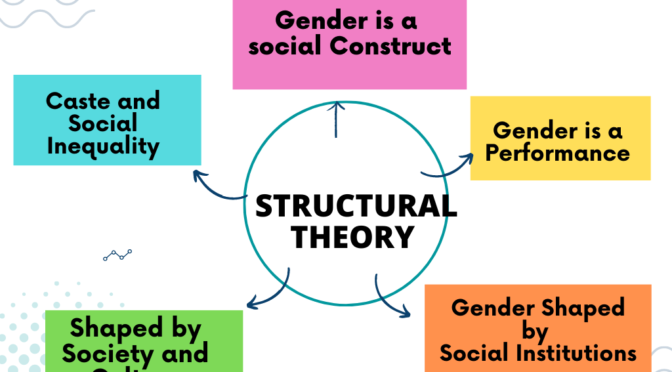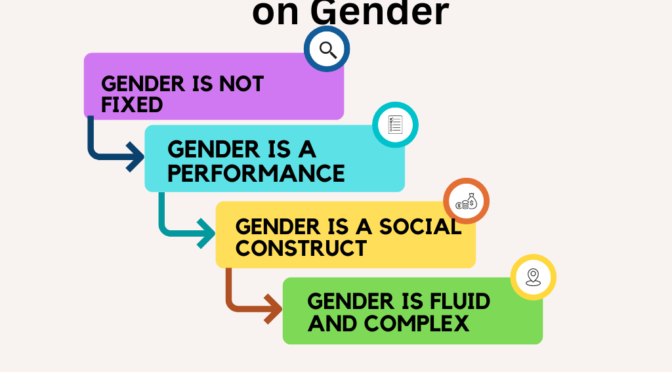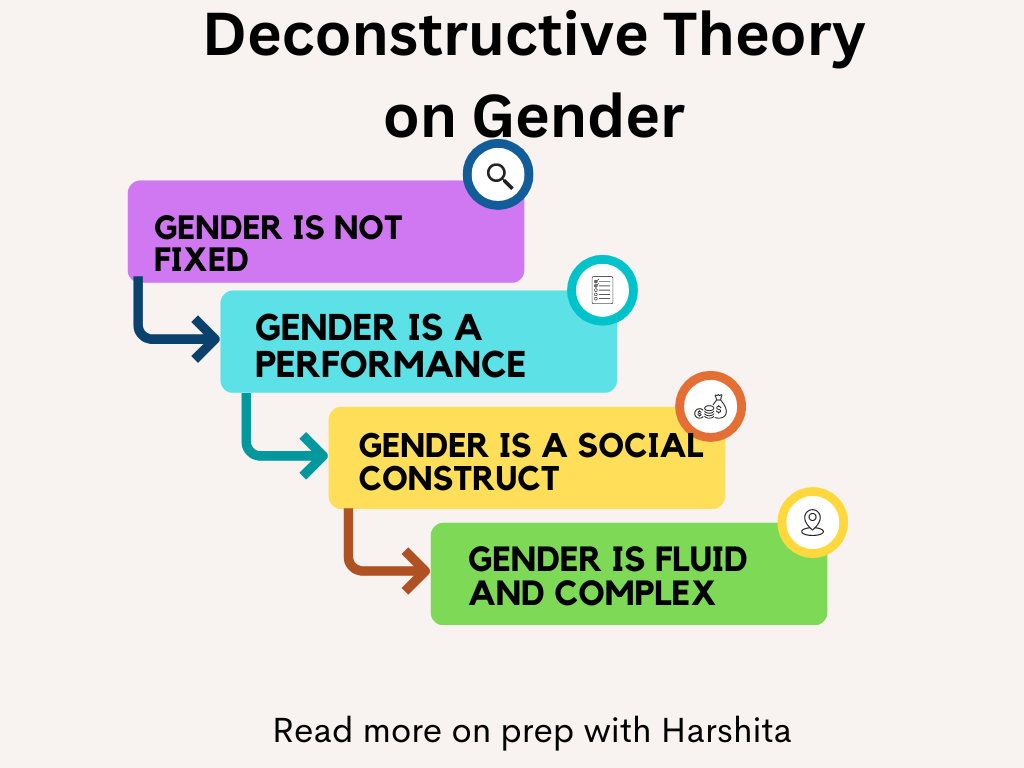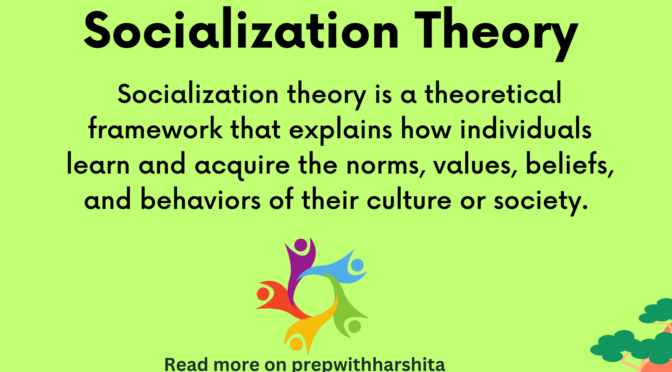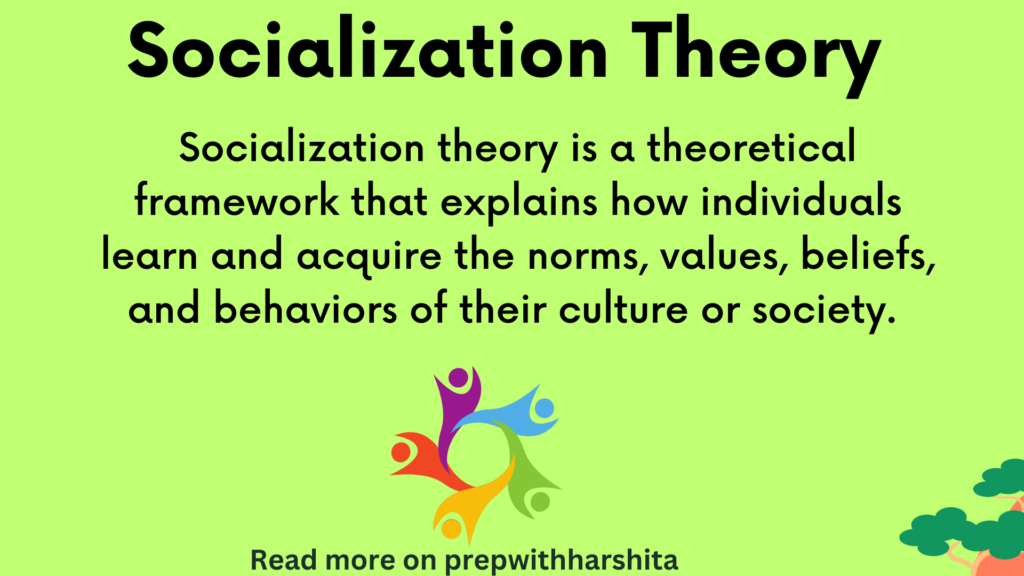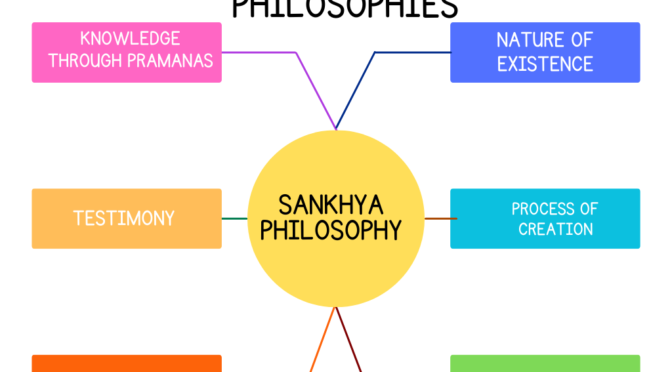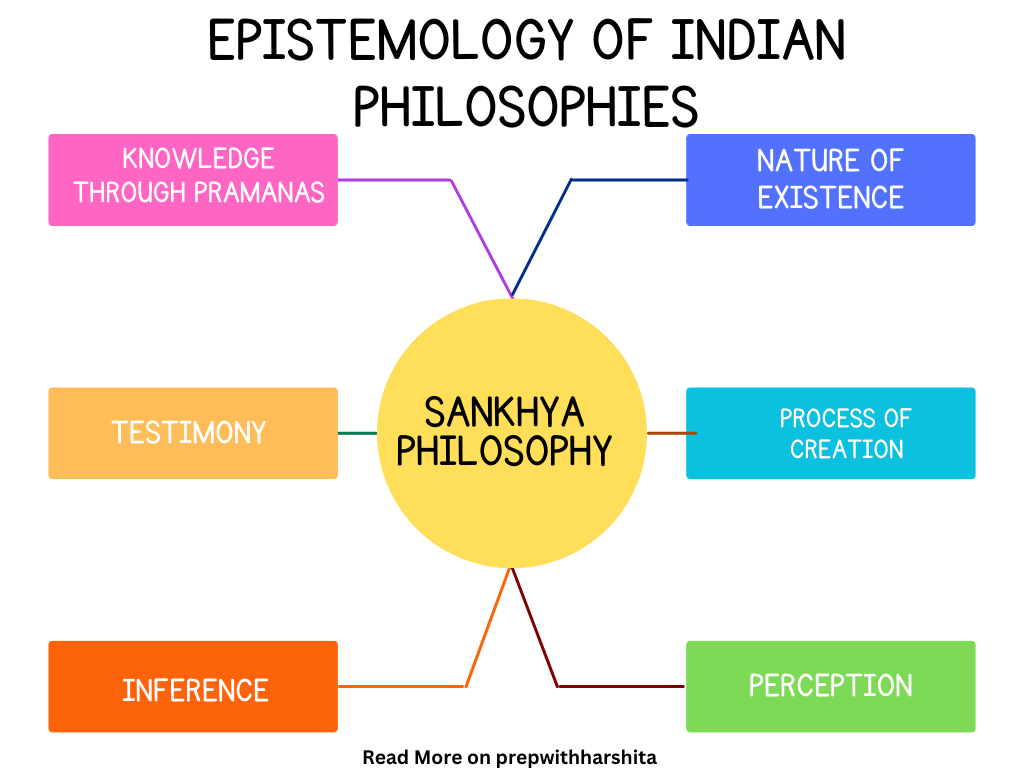The Structural Theory of Gender is a social theory that explains gender as a product of social structures and institutions.
This theory argues that gender is not just a personal characteristic, but is shaped by social and cultural practices and power dynamics.
Here are some key features of the Structural Theory of Gender:
- Gender is a social construct: The Structural Theory of Gender posits that gender is a social construct that is created and maintained through social structures and institutions, such as the family, education, media, and the economy.
- Gender is a system of inequality: The Structural Theory of Gender argues that gender is a system of inequality that is based on power dynamics and social structures. This system of inequality results in the unequal distribution of resources and opportunities between genders.
- Gender is shaped by social institutions: The Structural Theory of Gender argues that social institutions, such as the family, education, and the economy, play a critical role in shaping gender roles and expectations. These institutions reinforce gender norms and expectations, and can perpetuate gender inequality.
- Gender is reproduced through socialization: The Structural Theory of Gender posits that gender is reproduced through socialization, the process through which individuals learn the norms and expectations of their society. Socialization can reinforce gender roles and expectations, and can perpetuate gender inequality.
- Gender is not static: The Structural Theory of Gender recognizes that gender is not static, but rather is shaped by historical and cultural context. As social structures and institutions change over time, so too can gender roles and expectations.
- Intersectionality: The Structural Theory of Gender recognizes that gender intersects with other social categories, such as race, class, and sexuality, to create multiple and intersecting systems of inequality.
Few points regarding the application of structural theory in the Indian context:
- Caste and Social Inequality: Structural theory can help us understand how the caste system, which is a social institution unique to India, shapes social inequality and the opportunities available to individuals. The hierarchical nature of the caste system places certain groups at a disadvantage and restricts their access to education, employment, and other resources.
- Gender and Patriarchy: It can help us understand how patriarchal structures and gender roles limit opportunities for women in India. For example, the traditional division of labor in households often restricts women’s ability to pursue education or careers outside the home.
- Religion and Social Norms: Religion plays an important role in Indian society. This can help us understand how religious norms and beliefs impact individual behavior and decision-making. For example, religious traditions may restrict certain types of food or clothing, which can impact an individual’s social interactions and opportunities.
- Political Institutions and Corruption: It can help us understand how political institutions, such as the government and bureaucracy, contribute to corruption in India. Structural factors such as the lack of transparency and accountability in government processes can create opportunities for corruption and limit access to justice for marginalized communities.
- Economic Development and Inequality: Structural theory can help us understand how economic development and globalization impact social inequality in India. For example, economic policies that prioritize multinational corporations over local businesses can contribute to a concentration of wealth and resources in the hands of a few, while leaving many others behind.
Also Read : Socialization Theory
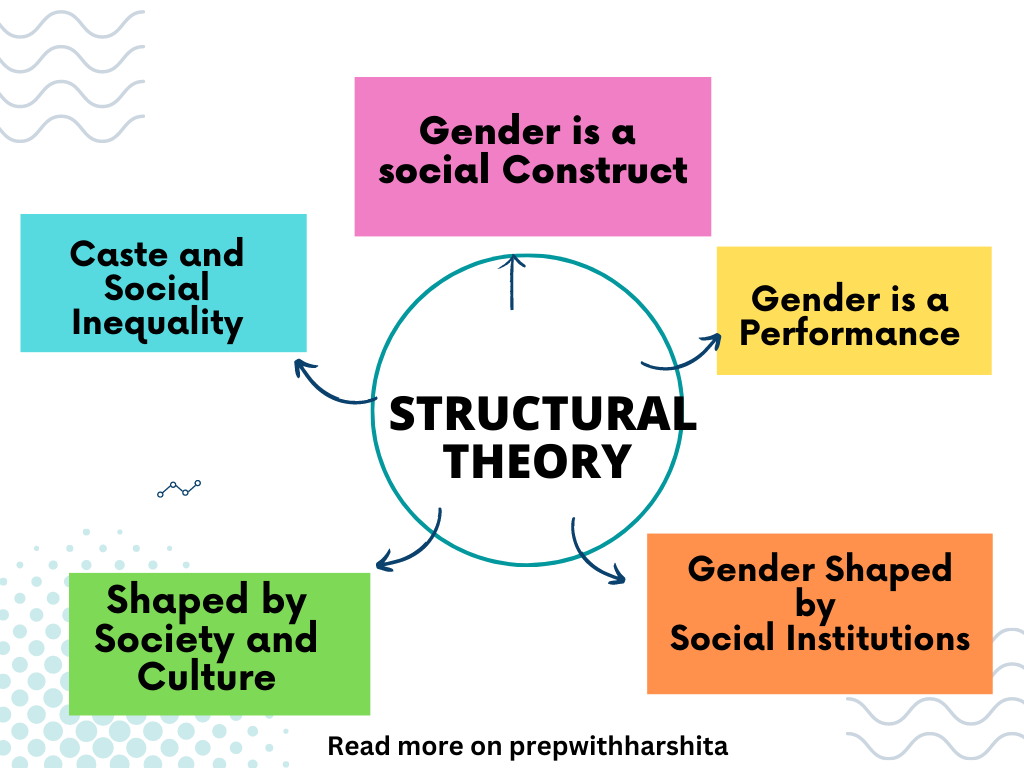
Also Visit : Prep with Harshita

